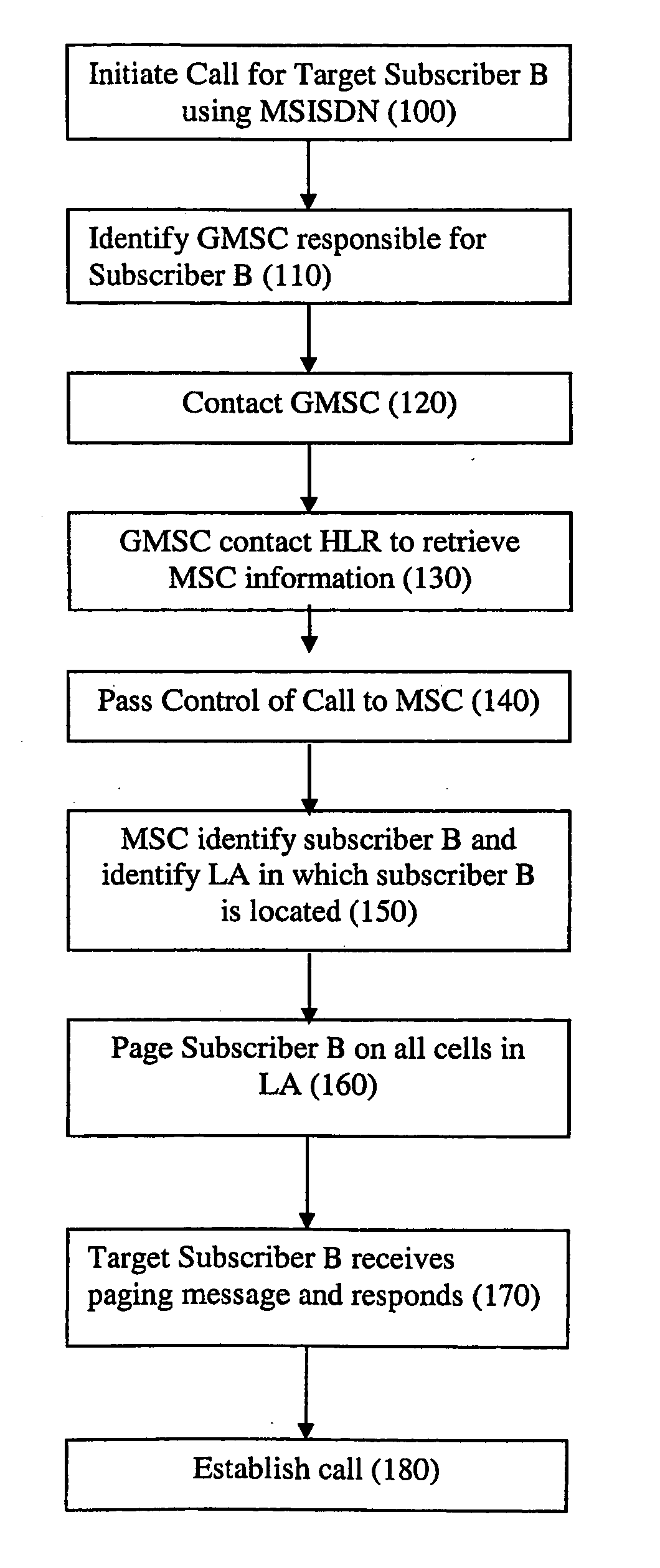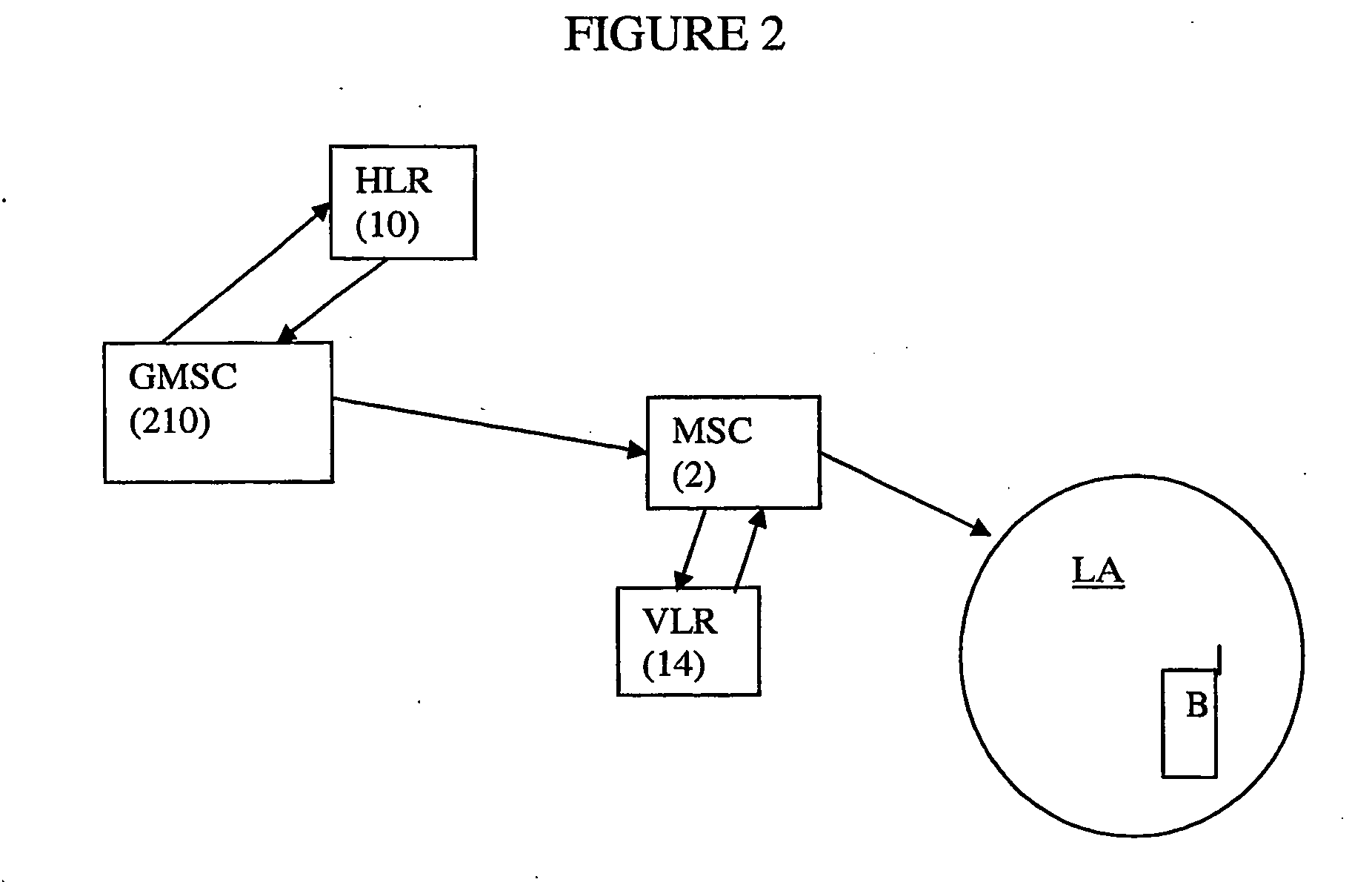Telecommunications networks and devices
- Summary
- Abstract
- Description
- Claims
- Application Information
AI Technical Summary
Benefits of technology
Problems solved by technology
Method used
Image
Examples
first embodiment
[0081]With this background in mind, an implementation of the invention will now be described, which seeks to minimise unnecessary signalling in regard to closed APs.
[0082]Conventionally, when a mobile terminal is in idle mode and moves from a first location area to a second location area, the mobile terminal detects that a different Location Area identity (LA ID) (from that stored in the mobile terminal) is being broadcast by the local base station / AP. The mobile terminal then sends a location area update request to the core network 12 / MME. The request includes the first (current) LA ID and the mobile terminal's current Temporary Mobile Subscriber Identity (TMSI). The MSC / MME with which the mobile terminal is currently registered then sends a new TMSI to the mobile terminal 1. When the mobile terminal moves from a first (current) location area to a second location area, and the second location area is administered by a different MSC / MIME, similar steps occur and in addition the diff...
second embodiment
[0096]According to the invention, APs are excluded from the predefined location areas / tracking areas (LAs / TAs) configured by the operator. By excluding the APs from the TAs it is possible to control a UE's ability to access the APs. The Tracking Areas are hence restricted to base stations in the macro-layer.
[0097]Therefore according to this second embodiment of the invention, the APs are not given a LA ID / TA ID or their LA ID / TA ID is set to “null”. Each AP in this embodiment only broadcasts its Cell ID, and not a unique LA / TA ID. Since the APs only have a unique cell global identity, the UEs do not consider them to be accessible merely by virtue of the information broadcast. Therefore, by virtue of not broadcasting a TA ID, the UEs will not consider the AP as a possible point of access; further information needs to be acquired by the UE before the AP will be considered a possible point of access. In other words, since there is no unique LA / TA ID information, the UE will initially t...
PUM
 Login to View More
Login to View More Abstract
Description
Claims
Application Information
 Login to View More
Login to View More - R&D
- Intellectual Property
- Life Sciences
- Materials
- Tech Scout
- Unparalleled Data Quality
- Higher Quality Content
- 60% Fewer Hallucinations
Browse by: Latest US Patents, China's latest patents, Technical Efficacy Thesaurus, Application Domain, Technology Topic, Popular Technical Reports.
© 2025 PatSnap. All rights reserved.Legal|Privacy policy|Modern Slavery Act Transparency Statement|Sitemap|About US| Contact US: help@patsnap.com



